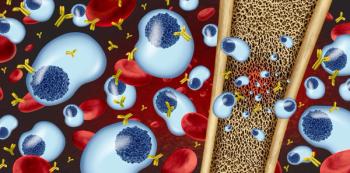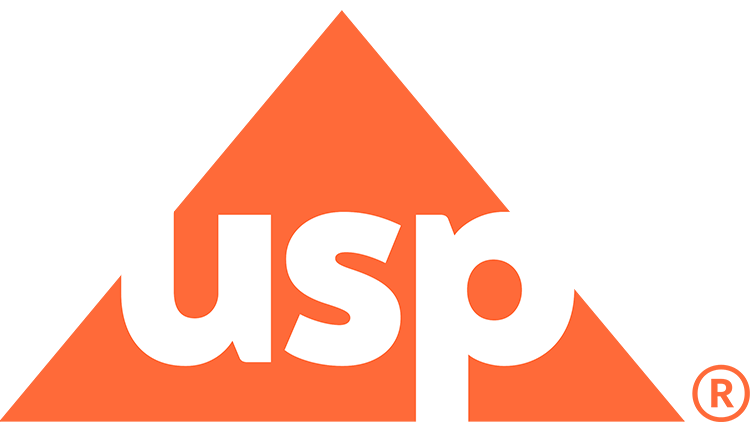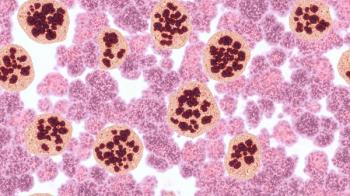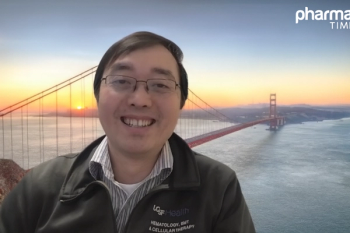
USP Expert Discusses Balancing Drug Cost, Quality, and Access in a Changing Trade Landscape

Carrie Harney, JD, of US Pharmacopeia (USP) discusses how proposed tariffs could impact generic drug supply chains, sterile injectable shortages, and pharmacy operations, underscoring the need for policy incentives and manufacturing diversification.
As the US government weighs new tariffs on pharmaceutical imports, questions are mounting about the downstream effects on drug pricing, availability, and the long-term viability of generic drug manufacturing. Despite comprising 90% of US prescriptions, many generic drugs depend on global supply chains that are tightly concentrated, price-sensitive, and susceptible to disruption.
In this interview with Pharmacy Times®, Carrie Harney, JD, vice president of US Government & Regulatory Affairs at US Pharmacopeia (USP), explores how tariff policies could reshape generic drug economics, worsen shortages of sterile injectables, and place pressure on already strained pharmacy operations. Harney highlights the complex interplay between cost, quality, and geographic sourcing in today’s drug supply chain—and underscores how pharmacists can play a pivotal role in advocating for resilient, equitable policy solutions.
Pharmacy Times: Given that generics represent 90% of US prescriptions and often operate on razor-thin margins, how might tariffs impact the domestic production or distribution of these drugs?
Carrie Harney, JD: Changes in tariff or trade policy certainly affect the overall market for generic medicines, but it’s important to note how differentiated the supply chains and market dynamics are for individual medicines. Despite representing 90% of US prescriptions, many generics’ active pharmaceutical ingredients (APIs) are sourced from low-cost manufacturing hubs. Tariffs may increase the cost of importing these APIs or finished products, in turn increasing costs for domestic production and distribution and shrinking their already slim margins. This can discourage investment in quality manufacturing systems and/or lead generics manufacturers to exit the market.
Pharmacy Times: Could increased domestic manufacturing help reduce drug shortages, or would the required investments and time to scale up limit its feasibility in the short term?
Harney: Domestic manufacturing can play an important role in strengthening the supply chains for US medicines, so encouraging the reshoring or near-shoring of those capabilities should be an objective of policy efforts. A particular area of focus for reshoring should be the building blocks of medicines: key starting materials (KSMs) and APIs. Even for drugs whose finished dosage form is made in the United States, those key inputs are often imported.
Still, it’s critical to consider the scale of investment and time required to onshore, particularly for generic manufacturers who already face razor-thin margins. Many generics manufacturers deliberately selected lower-cost geographies for their sourcing and manufacturing. The investment required to onshore may force them to exit the market, leading to further drug shortages.
Pharmacy Times: How does geographic concentration of manufacturing—particularly the US for injectables and India for solid orals—impact the potential negative effects of tariffs?
Harney: Drugs in which the API or finished dose are made in a single or small number of locations are at a higher risk of shortages. Data show that the United States and
Pharmacy Times: Independent pharmacists have expressed concern that tariffs could raise acquisition costs without an increase in reimbursement. How could this impact inventory decisions, especially for high-volume generics?
Harney: If not matched by reimbursement, increased acquisition costs from tariffs may result in independent pharmacists having to make difficult decisions about their inventory. This is particularly relevant to their stock of high-volume generics, which already typically offer low margins, and thus may become financially unsustainable to stock in large quantities. Limited availability of these drugs can lead to delays in treatment, non-adherence, or increased costs for patients.
Pharmacy Times: If policymakers pursue tariff-based incentives to promote domestic production, what exemptions or supports (eg, tax credits, reimbursement increases) would you advocate for to protect pharmacy sustainability and patient access?
Harney: To ensure pharmacies can stay open and patients can get the medicines they need, policymakers should design tariff policies with a range of exemptions and supports that strengthen the US drug manufacturing base, reducing the risk of disruptions and shortages. Some possible reforms include economic or other incentives that will encourage multiple suppliers for key drugs, geographic diversification of manufacturing facilities, and manufacturing location and component supply redundancies. Public and private drug purchasers should also implement payment and purchasing models that incentivize supply chain quality,
Pharmacy Times: What risks do potential tariffs pose for sterile injectable medications, given the US’s heavy reliance on imported APIs and raw materials?
Harney: Sterile injectable medicines are complex to manufacture, which gives them a higher baseline vulnerability to shortage in the face of supply disruptions like tariffs. Of the 98 active
Pharmacy Times: Could increased automation, geographic diversity, or incentives for higher-quality manufacturing mitigate the impact of tariffs?
Harney: Increased automation, geographic diversity, and incentives for higher-quality manufacturing help improve resiliency by ensuring that the medicine supply chain can withstand disruptions.
For instance, increased automation through the adoption of advanced manufacturing technologies can reduce vulnerabilities posed by geographic concentration. Use of advanced manufacturing technologies can enable new synthesis methods for APIs or KSMs that have historically been more cost-effective to produce abroad. Increased
Similarly, creating incentives for quality manufacturing helps encourage investments in resilient infrastructure and reduces the risk of quality-driven manufacturing issues—including drug recalls, the distribution of contaminated or substandard medicines, and drug shortages—all of which prevent generics from reaching patients and limit access to affordable treatment options.
Pharmacy Times: In the event of broad tariffs, what role should pharmacists play in advocacy at the local, state, or federal level to protect drug access and care continuity?
Harney: Broad tariffs would require a coordinated response. Through coalitions such as USP’s
Newsletter
Stay informed on drug updates, treatment guidelines, and pharmacy practice trends—subscribe to Pharmacy Times for weekly clinical insights.




















































































































































































































